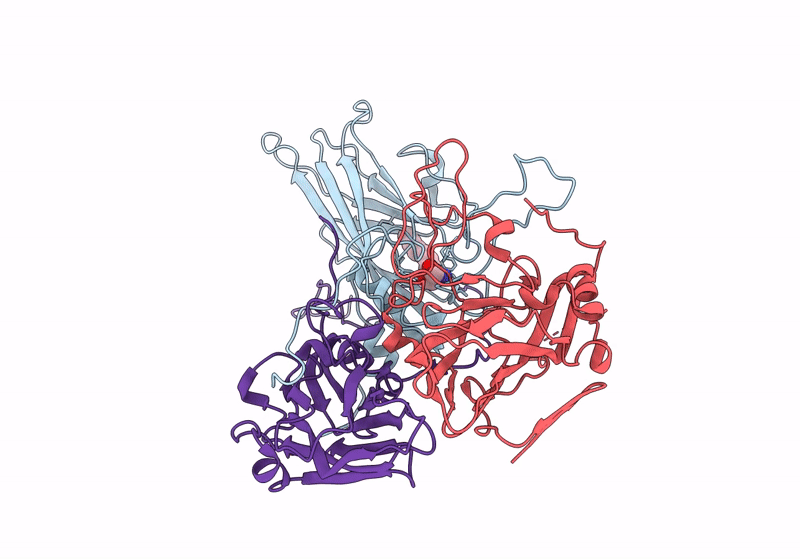
Deposition Date
2024-04-26
Release Date
2024-09-18
Last Version Date
2025-07-23
Entry Detail
PDB ID:
8ZB6
Keywords:
Title:
Yeast-expressed polio type 2 stabilized virus-like particles
Biological Source:
Source Organism:
Poliovirus 2 (Taxon ID: 12083)
Host Organism:
Method Details:
Experimental Method:
Resolution:
3.00 Å
Aggregation State:
PARTICLE
Reconstruction Method:
SINGLE PARTICLE


